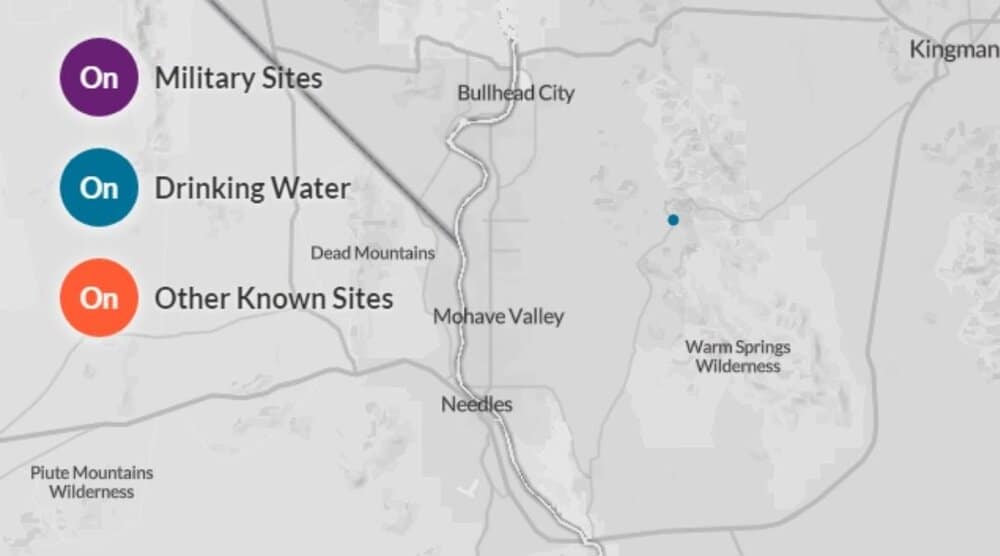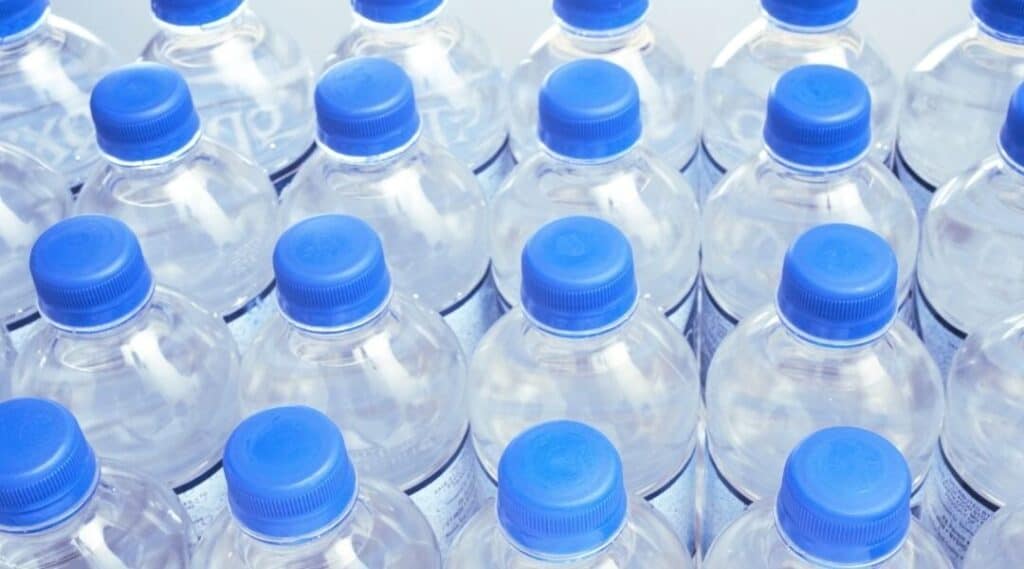Below are links to information concerning water in some of the areas we serve. The information is provided by The Environmental Working Group of Washington, D.C..
For information about your water, click the name of your area:
Your utilities will guarantee that your water meets government standards. But are those standards up to YOUR standards for safety?
Per- and polyfluoroalkyl substances (PFAS) are a group of man-made chemicals that includes PFOA, PFOS, GenX, and many other chemicals. PFAS have been manufactured and used in a variety of industries around the globe, including in the United States since the 1940s. PFOA and PFOS have been the most extensively produced and studied of these chemicals. Both chemicals are very persistent in the environment and in the human body – meaning they don’t break down and they can accumulate over time. There is evidence that exposure to PFAS can lead to adverse human health effects.
In 1946, DuPont introduced Teflon to the world, changing millions of people’s lives – and polluting their bodies. Today, the family of compounds including Teflon, commonly called PFAS, is found not only in pots and pans but also in the blood of people around the world, including 99 percent of Americans. PFAS chemicals pollute water, do not break down, and remain in the environment and people for decades. Some scientists call them “forever chemicals.”

Known PFAS contamination in Mohave County, AZ
Source: EWG.org
If you’re concerned about contaminants in the tap water you drink every day, you’re not alone. We all deserve to know what we’ll be putting in our bodies when we turn on the tap.
But if you want safer water for yourself and your family, bottled water isn’t the solution – not for your pocketbook, not for your health and certainly not for our planet. Your best option for cleaner, healthier drinking water on the go is filtered tap water and a reusable glass or stainless steel container. As we say here at EWG, know your water, pick the best filter and choose a BPA-free container.
Here are five reasons why you should say no to bottled water and choose filtered instead.

According to the Environmental Protection Agency, tap water costs about $.002 per gallon1 – that’s two-tenths of a penny – whereas a liter of water from the cooler in your local convenience store costs about a dollar before tax. That means you’re paying about 2,000 times more for bottled water. Nonetheless, Americans drank 12.8 billion gallons of bottled water in 2016, an increase of nearly 9 percent over 2015, according to the Beverage Marketing Corporation.2 There are much better things you could spend your money on than water in bottles – perhaps even a nice tap water filter.
Laboratory testing by EWG has found all sorts of nasty stuff in popular brands of bottled water – disinfection byproducts, industrial chemicals, prescription drugs and even bacteria. And unlike your local tap water utilities, which are required to test for contaminants each year and disclose the results to the public, the bottled water industry can hide the test results. Knowledge is power, and with bottled water you’ll likely know nothing about what you’re drinking.
It’s bad enough that the bottled water you’re drinking might be contaminated. But the bottle itself could be adding to the problem. An EWG investigation found that PET plastics – the kind used to make plastic water bottles and marked with a “1” on the bottom – can contain dozens of chemical additives, manufacturing impurities and breakdown byproducts. That’s more than 80 additional contaminants that could be leaching into your water. So get a reusable glass or stainless steel bottle, and fill it with filtered tap water.
EPA statistics show that less than 32 percent of PET plastic bottles and jars were recycled in 2014.3 That means the other 68 percent was left to clog landfills, harm wildlife and pollute waterways. In fact, the marine conservation organization Oceana estimates that up to 20 million tons of plastic end up in our oceans each year,4 with some collecting to form huge, free-floating landfills like the Pacific Garbage Patch, which is estimated to be about the size of Texas.5<
Trash isn’t the only environmental problem caused by water bottles. Analysis by the Pacific Institute, a global water think tank, found that it takes up to 2,000 times more energy to produce bottled water than tap water.6 It takes energy to make the bottles, fill them with water and ship them to your local convenience store – sometimes over great distances.
In extreme circumstances, bottled water might be the best bet. Residents of Flint, Mich., for example, are relying on bottled water until their tap water is safe again. But for almost everyone else, filtered tap water is the clear winner.
1. Environmental Protection Agency. “Water Facts of Life: Ride the Water Cycle With These Fun Facts.” 2016. Available at www3.epa.gov/safewater/kids/waterfactsoflife.html
2. Beverage Marketing Corporation. “Press Release: Bottled Water Becomes Number-One Beverage in the U.S.” 2017. Available at www.beveragemarketing.com/news-detail.asp?id=438
3. EPA. “Advancing Sustainable Materials Management: 2014 Fact Sheet.” 2016. Available at www.epa.gov/sites/production/files/2016-11/documents/2014_smmfactsheet_508.pdf
4. Madeleine Simon. “Global Issue of Marine Plastics Is Gathering Significant Media Attention.” Oceana, 2014. Available at usa.oceana.org/blog/global-issue-marine-plastics-gathering-significant-media-attention
5. Oceana. Pacific Garbage Patch. Available at usa.oceana.org/pacific-garbage-patch
6. P.H. Gleick and H.S. Cooley. “Energy Implications of Bottled Water.” Environmental Research Letters, 2009, 4(1). Available at iopscience.iop.org/article/10.1088/1748-9326/4/1/014009

Monday
Friday
9 am – 3 pm
Saturday by appointment
–
Sunday closed
© Copyright 2023, PBJ Water, LLC. All Rights Reserved.